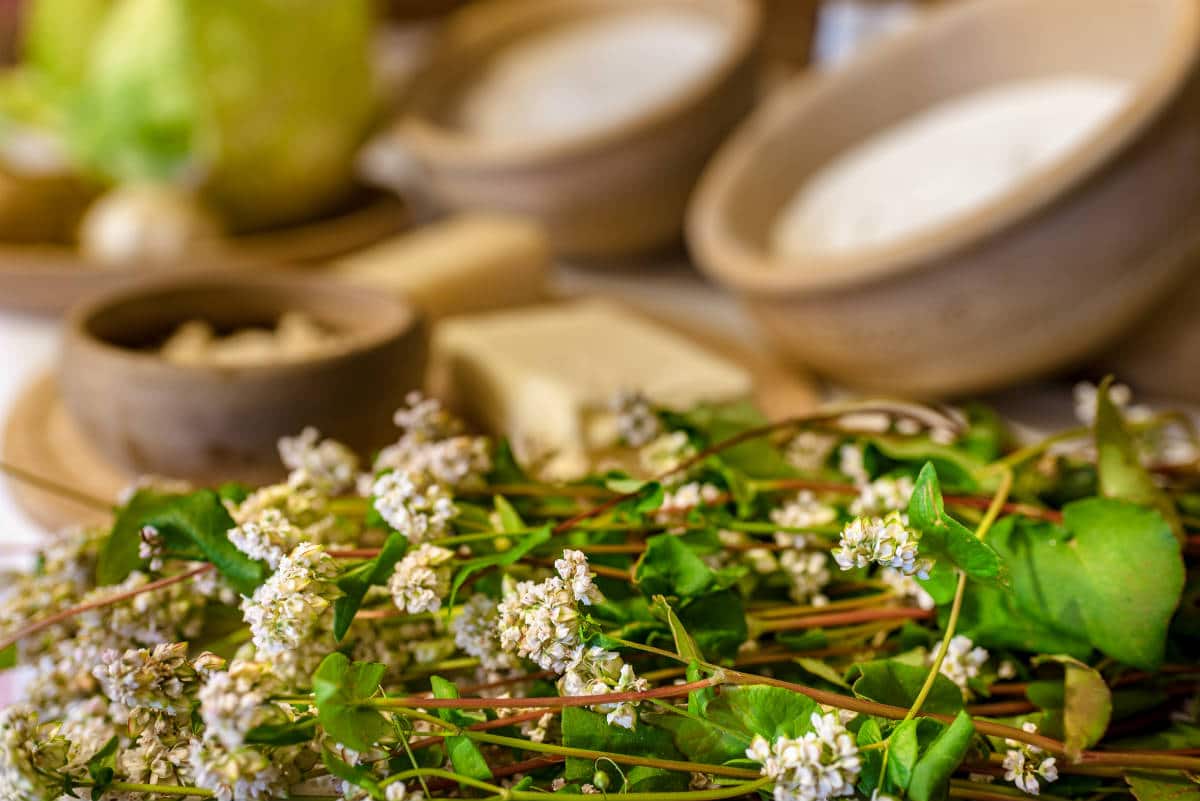Teglio is a charming village located in the heart of Valtellina, precisely at an altitude of about 900 meters. This charming town is located on a wide sunny terrace that offers an extraordinary panoramic view of the valley to which it has given its name: Vallis Tellina. The natural beauty of the surrounding mountain landscape and the charm of its historic buildings make Teglio a unique place, a true treasure chest of culture and tradition.
The history of Teglio is ancient and fascinating. Different civilizations and cultures have succeeded one another here over the centuries, each leaving its own mark. The earliest evidence dates back to the Copper Age, with rock carvings and artifacts telling of a remote past. Walking through the streets of the village, one can glimpse ruins and remains that evoke a bygone era, creating a journey through time that begins as soon as one enters the village.
The narrow streets of Teglio, adorned with ancient stone houses, will invite you to lose yourself in their atmosphere. Every corner is a reminder of history, with towers, medieval churches and elegant Renaissance palaces telling the stories of noble families and ancient traditions. Among the must-sees is the Collegiate Church of Santa Eufemia, in the village's main square.
But Teglio is not only history; it is also a town where rural life and rural identity are strongly rooted. The simplicity and conviviality of its inhabitants welcome the visitor in a warm embrace. The local food and wine tradition is a key aspect of the Teglio experience. Here one can savor the famous pizzocchero, a typical dish made of buckwheat pasta, potatoes, savoy cabbage and Casera cheese. As you explore the village's trattorias and restaurants, the local delicacies will steal your heart and palate. It is a true journey through flavors, where each of the dishes tells stories of a bountiful land.
The surrounding area offers an unspoiled environment, ideal for lovers of nature and outdoor sports. Numerous hiking trails wind through forests, meadows and scenic ridges, inviting walks immersed in the greenery and silence of beech and larch trees. Sports enthusiasts will also find mountain biking opportunities, and in winter, nearby ski resorts offer adrenaline-filled skiing and snowboarding. Teglio presents itself as a crossroads of mountain adventures, a place where time seems to stand still, allowing you to connect with the surrounding nature.
Many cultural events take place throughout the year; the pizzocchero festival, for example, attracts visitors from all over to celebrate this traditional dish and discover local crafts. Gastronomy events, concerts, and folk festivals enliven the village in every season, bringing life and color to the streets and squares.
The beauty of Teglio lies in the harmony of art, culture and nature. It is not just a place to visit, but an experience to be lived with all the senses: the smell of good food, the sound of nature, the colors of art, and the history that you breathe at every step.
Teglio is more than just a mountain village; it is a journey through time and traditions, an invitation to discover the wonders of Valtellina, a perfect destination for those seeking authenticity and beauty. Every corner, every flavor tells a story that lives on in the everyday life of this fascinating corner of Italy.












